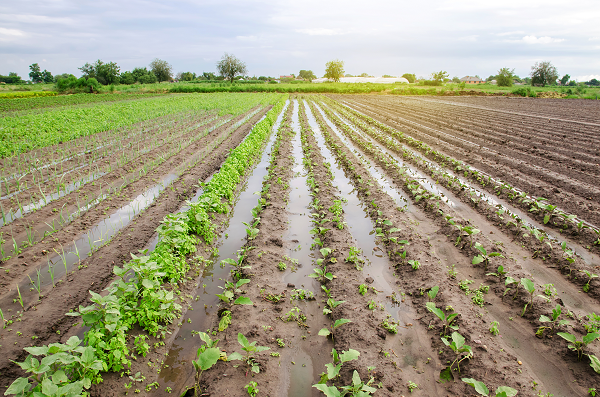Statement by The
NSW Chamber of Fresh Produce Limited’s (Freshmark) CEO Meegan George about how the fresh produce
industry’s pricing is driven by weather in addition to other factors, such as
inflation.
(Sydney, 6 May 2022) “There is a lot of commentary that
inflation is contributing to skyrocketing product prices and consumers should
expect this to continue for the foreseeable future. Whilst this is true, when it comes to the
pricing of fruit and vegetables, weather is also a key driver for fresh produce
price fluctuations.”
“New South Wales and South East Queensland coastlines have
been subject to severe flooding, thunderstorms and heavy rain where most vegetable
and fruit growers’ farms are located. Consequently, this has led to many local
producers of fresh produce suffering total crop losses. Consumers may feel the effects of this on
some product lines as availability will be limited for months to allow for
ground and crop replenishment. Limited supplies of specific product lines,
namely vegetables, will push pricing upwards, adding fuel to the inflation fire.”
“Vegetable supplies have been the hardest hit concerning the
weather. This resulted in reduced supply and a reduction in produce quality,
adding to price pressure for consumers.”
“Reduced stock levels have been met
with increased efforts by central market wholesalers to draw upon interstate
supplies from South Australia and Victoria, where produce is able to meet this demand
gap, but at a cost.”
“Substantial increases in
transportation cost (fuel) driven by the global uncertainty of the Russian-Ukraine
conflict have added pressure to fresh produce pricing resulting in further
increases, despite government fuel excise halving.”
“Buying from the central market
system is an advantage for greengrocers and retailers as they have access to
hundreds of traders under one roof at Sydney Markets and therefore can
negotiate competitive prices. However, once produce leaves the Markets, greengrocers
and retailers will price fresh produce in accordance with their own business
pricing model.”
“There is some good news for consumers, as new crops are harvested
in regions that have previously been weather affected, Aussies should see
prices reduce. However, we do not
anticipate that they will reduce to normal seasonal pricing as other drivers of
inflation that directly impact our Aussie growers remain, namely labour
shortages and substantive increases in transport and chemicals/fertilizer costs. These costs must be passed on to the retailer
to ensure the sustainability of our growing community.”
“As always the central markets will continue to work with
the fresh produce supply chain to ensure that consumers are getting the best
fruit and vegetables in the country at the best value possible.”






